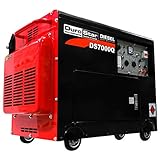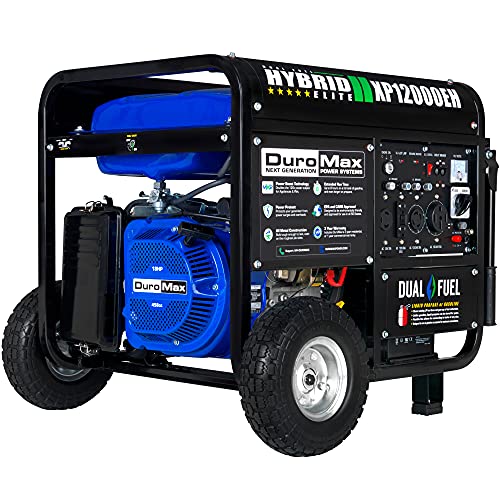Brushed DC Motors
Brushed DC Motors consist of a motor and a controller, which permanently supplies the motor with direct current. Inside the DC motor, the so-called armature plate, a magnetic field is generated via windings. Due to the magnetic field of the housing magnet, the armature starts to rotate by attraction and repulsion between both magnetic fields.
This rotation continues until two pairs of magnets with the same polarity face each other. Now the polarity of the current is reversed in the armature winding via brushes, which serve as current supply, and the collector, which serves as a mechanical switch. This allows the armature to continue rotating by attracting and repelling the newly polarized magnetic fields.
During this process a lot of heat and sparks are generated by friction, which leads to wear and tear of the collector and brushes and finally to motor wear and tear. This in turn can cause the motor to overheat very quickly and lose power and torque.
Brushed DC motor have several advantages. For example, multi-motor systems require only one controller and switching effects run very smoothly.
Due to the simple construction of the motor, it is very cheap to buy and can be easily repaired and maintained.
Because of the friction of the brushes inside the motor, the motor also gives a very good sound. Due to the massive construction the higher weight often contributes to the optimal center of gravity of the RC.
Due to the constant friction of the DC motor brushes and the wear of the carbon brushes inside the motor, the brushed motors have a limited life span and speed, and have a lower performance level than brushless motors. The wear and tear of the motor must be counteracted by regular maintenance.
Replacing old, worn collector carbons is very important. Short old carbons must be replaced immediately, as they can easily jam in the guide and in the worst case damage the collector. Cleaning the collector increases the conductivity and thus also the motor power. The heat development can also be reduced. Furthermore, it should be noted that driving in the wet will wear out the motor even faster and should be checked after every rain ride.
Brushless DC Motors
Brushless DC motors do not have carbon brushes which change the poles in the motor, but have a controller which takes over this task.
In a 3-pole motor, the controller generates a so-called rotating field by switching a DC voltage to two of three motor coils, whereby the third motor coil serves as a sensor line and determines the respective position of the rotating permanent magnet. Due to the magnetic field of the permanent magnet and the magnetic field of the motor coils, the permanent magnet begins to rotate by attraction and repulsion of the magnetic fields. This rotation continues until two pairs of magnets with the same polarity are almost opposite each other. Now the controller changes the voltage on the motor coils and the process starts all over again.
In addition, brushless motors are differentiated between internal and external rotor DC motors:
- With internal rotor DC motors the inner part, the permanent magnet, of the motor rotates and the outer shell, the motor housing, is fixed. With internal rotor motors, the motor coils are mounted in the fixed motor housing. The permanent magnet is attached to the rotating rotor, which is also connected to the drive shaft. Due to this design, internal rotors achieve a higher speed, but have less torque than external rotor models.
- With external rotor models, the motor housing rotates and the inner part of the motor is fixed. Here the permanent magnets are attached to the rotating motor housing. The drive shaft is thus connected to the outer housing (motor bell) and rotates with it. Inside the motor, the so-called stator, the motor coils are attached around which the motor bell rotates.
Brushless DC motors have a rather lower heat development, because they do not have carbon bristles inside the motor and therefore no frictional energy is generated. Nevertheless, it is recommended to install a motor cooler, as the motor housing of brushless DC motors gets warm.
Most brushless DC motors also have a very high efficiency in terms of battery life and performance.
The maintenance requirements for brushless motors are minimal. The only thing to be considered is that when you buy the motor it is well sealed against water and dirt and the rotor is properly spaced in the housing. The ball bearings should be re-oiled regularly and checked for stones and sand.
Conclusion:
An engine that is in good shape and works flawlessly is a pleasure. Maintenance and care are essential for every DC model. For beginners and hobby riders, an inexpensive brushed motor is certainly a good option. For advanced model builder, the more expensive brushless motors offer a good possibility to equip their RC model due to better performance, higher speeds, easier maintenance, and longer life.
SHOP RELATED PRODUCTS
- 18V Cordless lithium ion 6 Piece Power Tool Kit
- A comprehensive set of premium cordless power tools
- Ultra compact, lightweight design
- Ergonomic.
- Max torque: 60NmBattery Capacity : 4 Amperehour























